Antique Porcelain
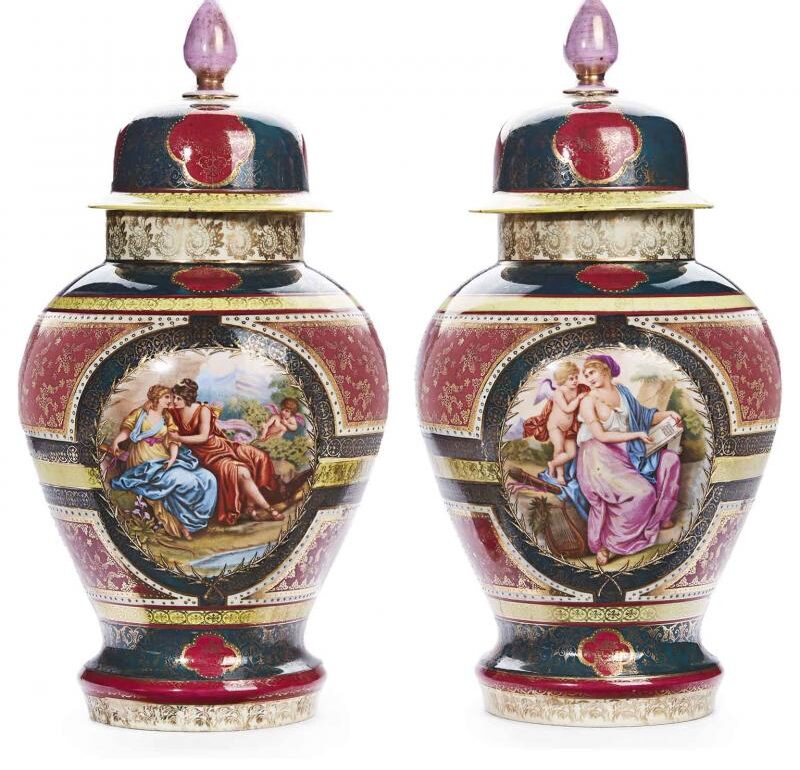
Today we will write about one of the most delightful treasures we have discovered in the world of art. Antique porcelain and its extraordinary delicacy, fine workmanship and rich patterns make it a real gem for collectors and art lovers. Let’s take a closer look at this fascinating material, diving into the history and importance of antique porcelain.
In other words, antique porcelain is an extraordinary form of art that not only reflects the craftsmanship and technical achievements of its era, but also constitutes an extremely important part of our cultural heritage. Either way, it is a material that has delighted people for centuries with its delicacy, refined design and durability. In this article we will look at antique porcelain and its importance and influence on the world of art and culture.
Shaping history through delicate art
The fact is that antique porcelain, also known as Chinese porcelain, comes from China, where its production flourished already in the 7th century. However, it was during the Tang Dynasty (618-907 CE) that porcelain began to gain prominence. It was a real revolution in the art and craft of ceramics. The high firing temperature and unique ingredients used in production make porcelain a material of unprecedented hardness and transparency.
Porcelain is a type of ceramics with unique properties. Its production requires specialized knowledge and skills. Since ancient times, different cultures around the world have created their own types of porcelain, but it was China that first developed large-scale porcelain production during the Tang and Song dynasties.
The uniqueness of old porcelain
Above all old porcelain it has many characteristic features that make it stand out. One of them is its blue-white color, which exudes delicacy and elegance. Patterns painted on porcelain often depict flowers, birds, dragons or mythical characters. The precision of these paintings is surprising, and the details are refined down to the smallest detail.
Not to mention the unique texture of antique porcelain. The smooth, shiny surface is exceptionally pleasant to the touch. Combined with subtlety and lightness, antique porcelain attracts attention and evokes admiration.
An important element of antique porcelain is also its historical and cultural value. First of all, it has been for centuries a symbol of luxury and prestige. Incidentally, valuable works of porcelain were exported to various parts of the world, delighting royal courts and art collectors. Antique porcelain is an important testimony to the culture and art of past eras.
While antique porcelain is mainly associated with China, other regions of the world also have their own traditions of porcelain making. For example, Meissen porcelain in Germany or Sevres porcelain in France enjoy a high reputation and are considered real gems among ceramic works.
Every antique porcelain lover knows that taking care of these valuable items is extremely important. The delicacy of porcelain requires proper storage and handling. It is important to avoid impacts and falls that may cause damage. Regular cleaning and maintenance will also ensure that your porcelain remains beautiful for many years to come.
The history of porcelain: the evolution and flowering of ancient ceramic traditions.
In fact, Chinese porcelain quickly gained recognition and admiration around the world for its exceptional quality and beauty. Initially, Chinese porcelain was exported to other countries, where it was valued as a luxury item. However, European countries soon began trying to recreate the mysterious recipe and production technique. Most notably, the Dutch East India Company played a key role in the porcelain industry, introducing Chinese porcelain to the West and later opening the first porcelain factories in Europe.
In Europe, porcelain production gained popularity in the 18th century. Studios in Meissen (Germany), Sèvres (France) and elsewhere have become renowned for creating unique works of art. Patterns and decorations were often inspired by nature, mythology, genre scenes or architectural elements. The delicacy, precision and wealth of details that characterize these works make them extremely valuable and sought after by collectors.
Every period in history of porcelain has its own characteristics and styles. For example, porcelain from the Rococo period is often decorated with asymmetric, sinuous patterns, while porcelain from the Classical period has more geometric and symmetrical patterns. Porcelain from the Romantic period often depicted scenes full of emotion and drama.
It is also worth mentioning antique porcelain as a source of historical knowledge. By studying various patterns, signs, signatures and stamps on antique porcelain, researchers can reconstruct the history of production, exchange information and date individual pieces. This valuable source of information helps us better understand the development and evolution of this noble craft.
Antique porcelain is also an important element of cultural heritage. Works of ancient porcelain are stored and exhibited in museums around the world, where they are admired by crowds of visitors. They are a symbol of our history and culture and remind us of the skills and talents of master craftsmen of the past.
Antique porcelain – a golden heritage preserved to this day.
Today, antique porcelain is not only a valuable work of art, but also a desirable collector’s item. Its value is constantly increasing, and art auctions often reach dizzying prices for unique pieces. Collectors around the world are looking for antique porcelain to enrich their collections and appreciate the beauty and craftsmanship of bygone times.
Contemporary porcelain production still combines tradition with modern technologies. Porcelain makers strive to preserve and nurture the heritage of craftsmanship, while at the same time experimenting with new techniques and styles. Porcelain continues to play an important role in our society, both as a functional item and as a work of art.
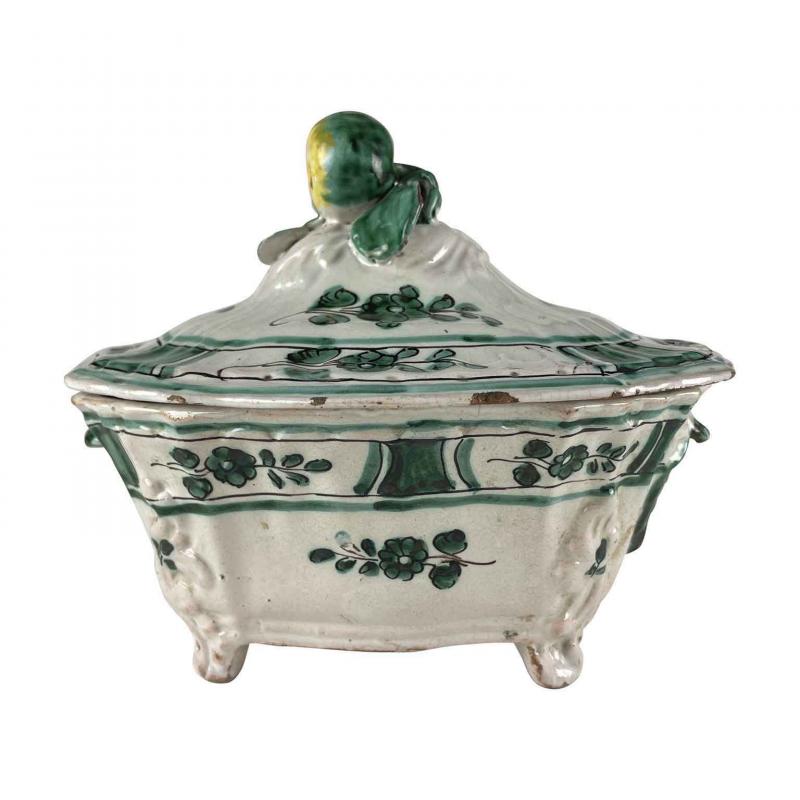
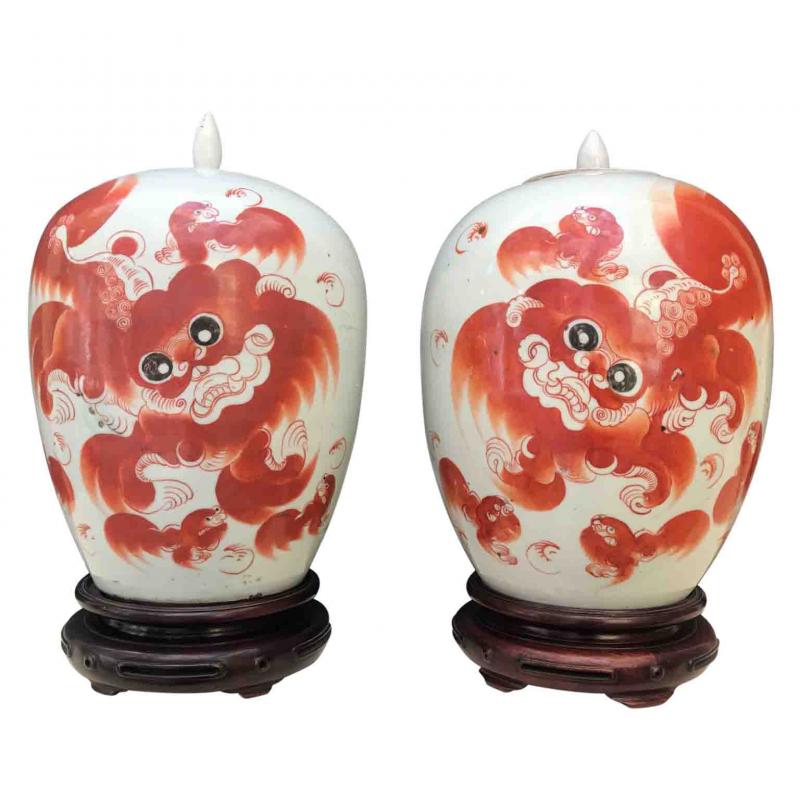
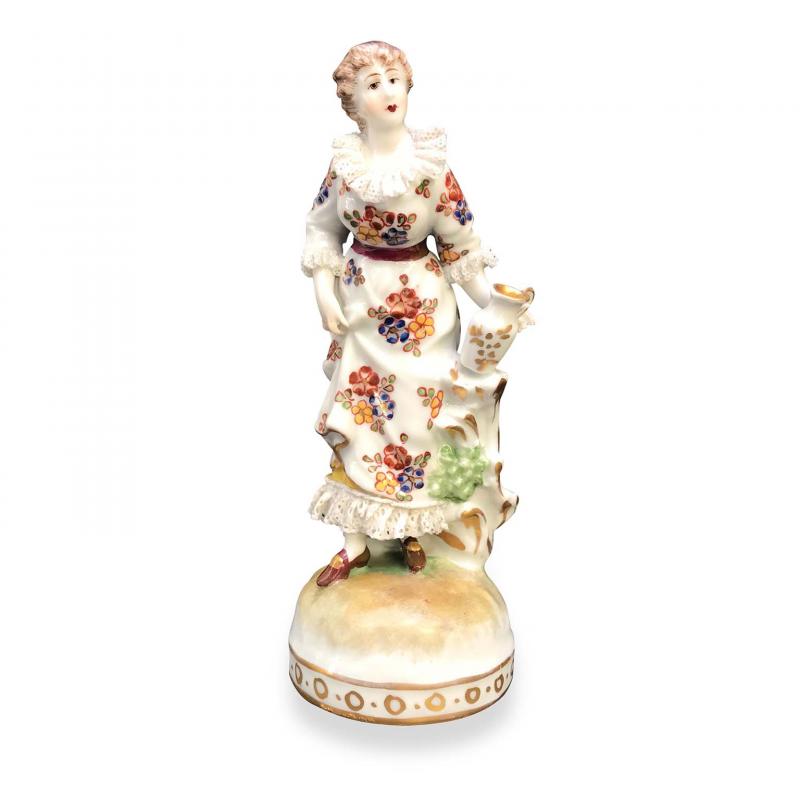
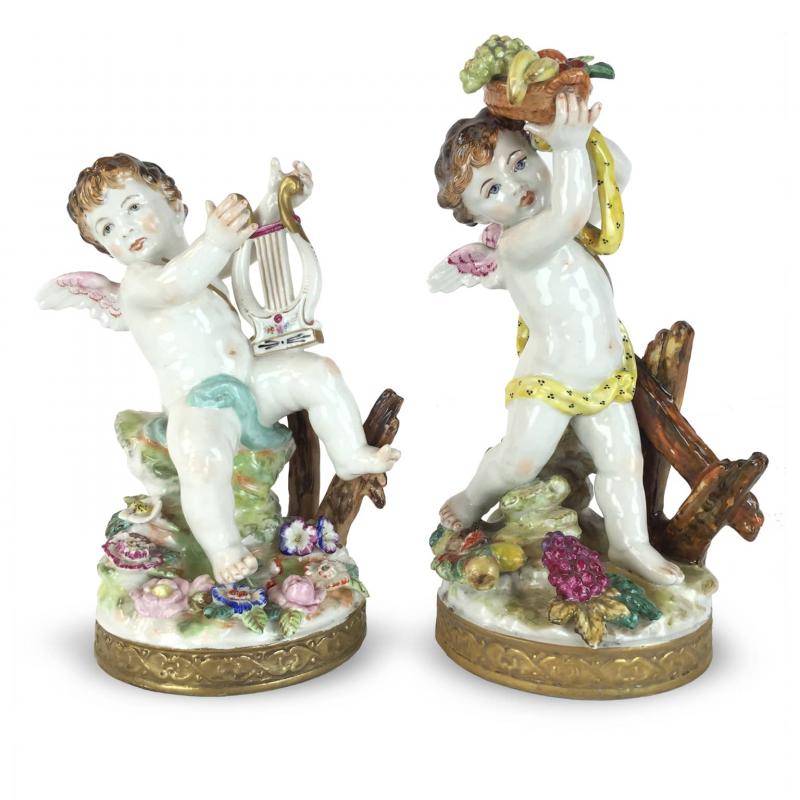
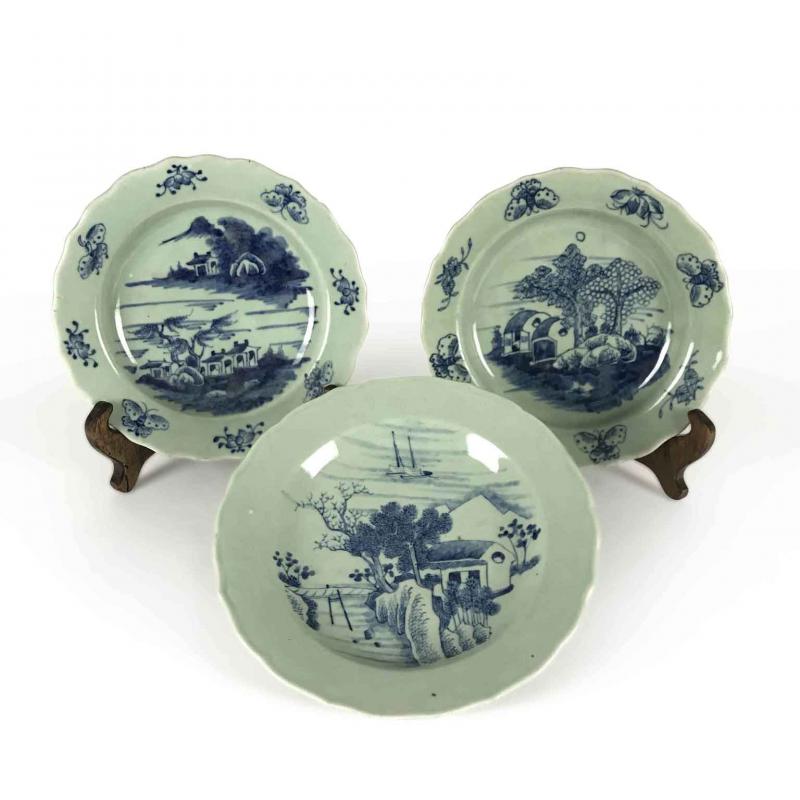
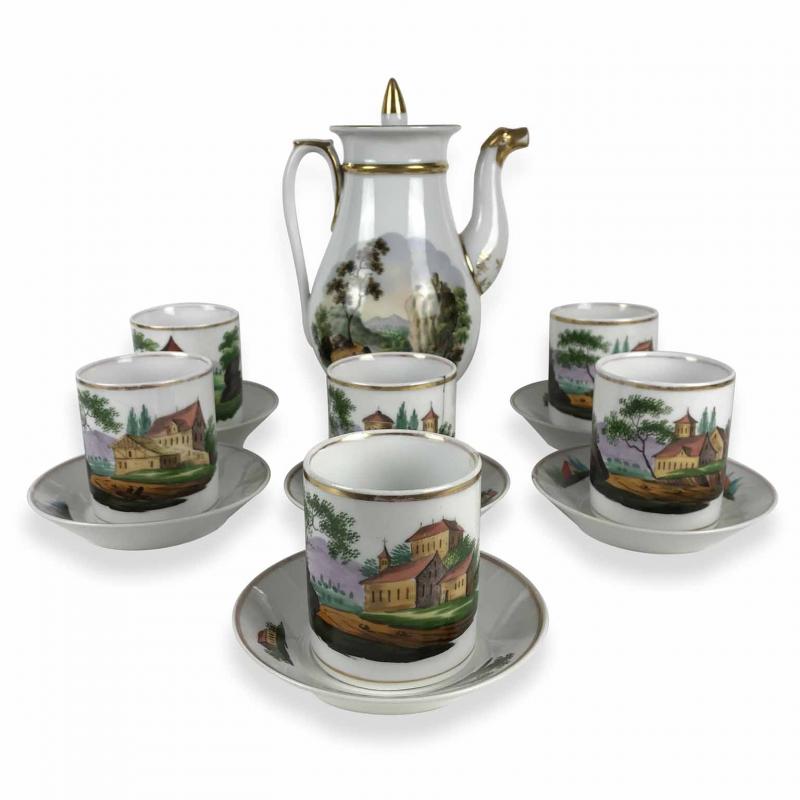
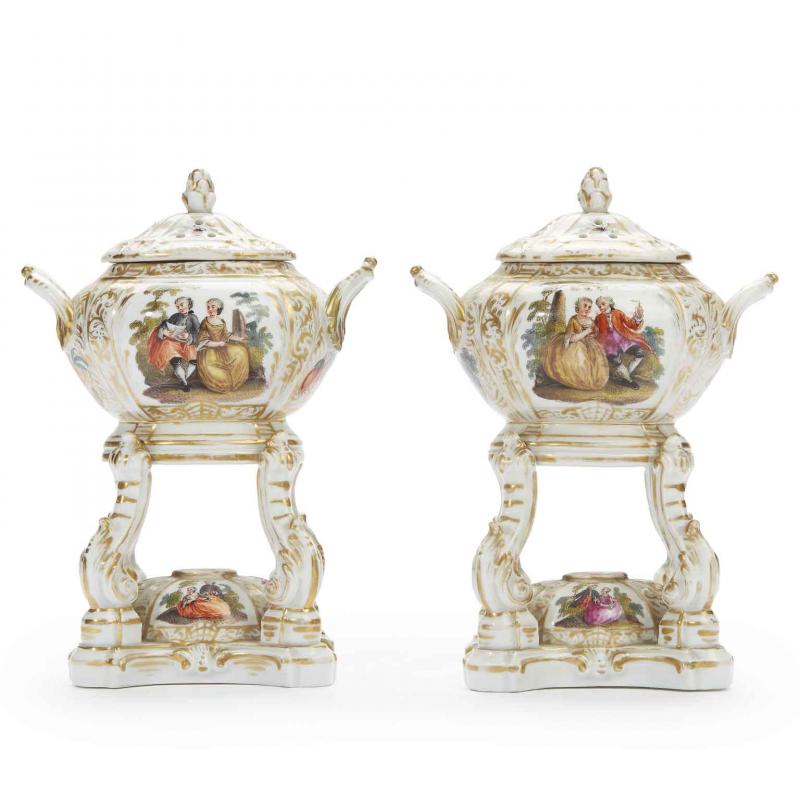
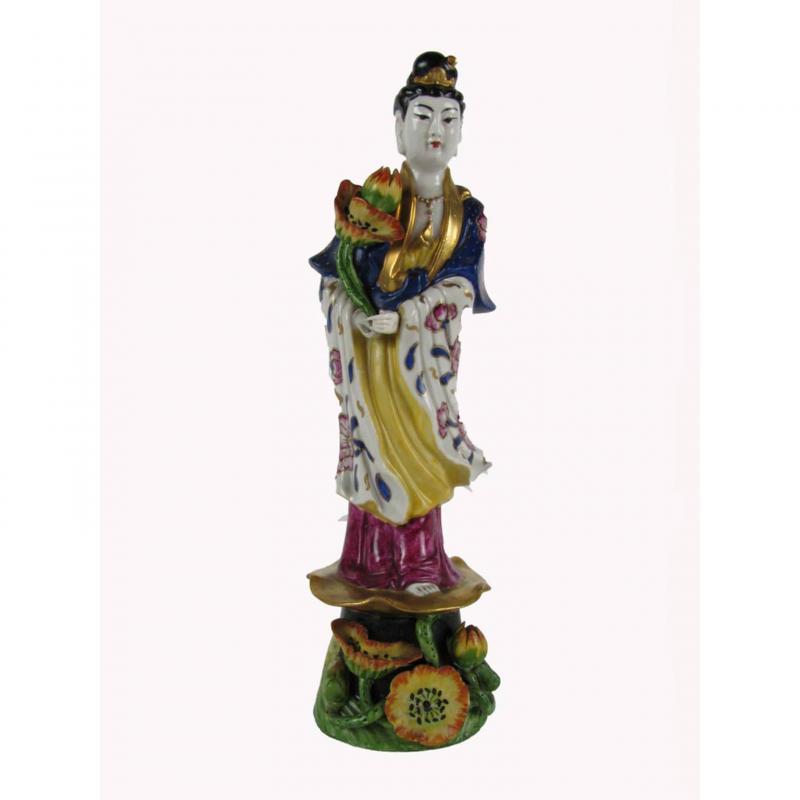
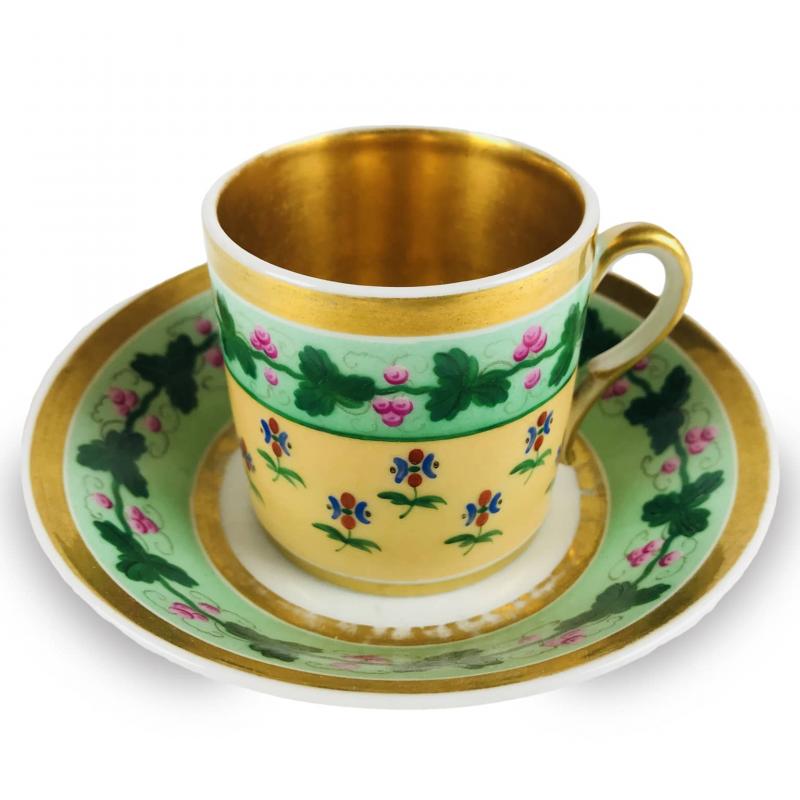
Examples of antique porcelain:
Antique porcelain is not only history, but also a valuable treasure of cultural heritage. Here are some examples of ancient porcelain preserved to this day, which are testimony to the beauty and elegance of this noble craft.
Meissen: The Meissen porcelain factory, founded in 1710 in Germany, is one of the oldest and most important porcelain factories in the world. Its products are characterized by perfection of workmanship and richness of details. Meissener Porzellan it is a symbol of prestige and sophistication.
Sevres: The Sèvres porcelain factory, founded in France in 1756, known for creating exquisite works of art for royal courts and aristocracy. A characteristic feature of Sèvres porcelain is the delicacy of patterns and innovative painting and gilding techniques.
Copenhagen: The Royal Porcelain Factory in Copenhagen, founded in 1775, is one of the most famous porcelain producers in Europe. Her products are characterized by elegant shapes and subtle decorations, which often refer to nature.
In short, the examples mentioned are just the tip of the iceberg. There are many other factories and factories around the world that created antique porcelain and left indelible traces of its beauty.
Strictly speaking, antique porcelain is timeless proof that art and beauty are lasting and constantly inspiring. Its delicacy, precision of workmanship and rich patterns attract attention and leave an unforgettable impression. It is a legacy of the past that has survived centuries and still delights us with its unique magic.
Finally, we must summarize that antique porcelain is not only a beautiful expression of craftsmanship, but also a wonderful source of historical and cultural knowledge. Its delicacy, unique design and technical achievements are extremely appreciated by collectors and art lovers around the world. Antique porcelain is a symbol of our heritage that is worth appreciating and protecting for future generations.




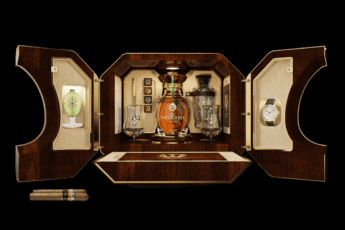
Leave a Comment